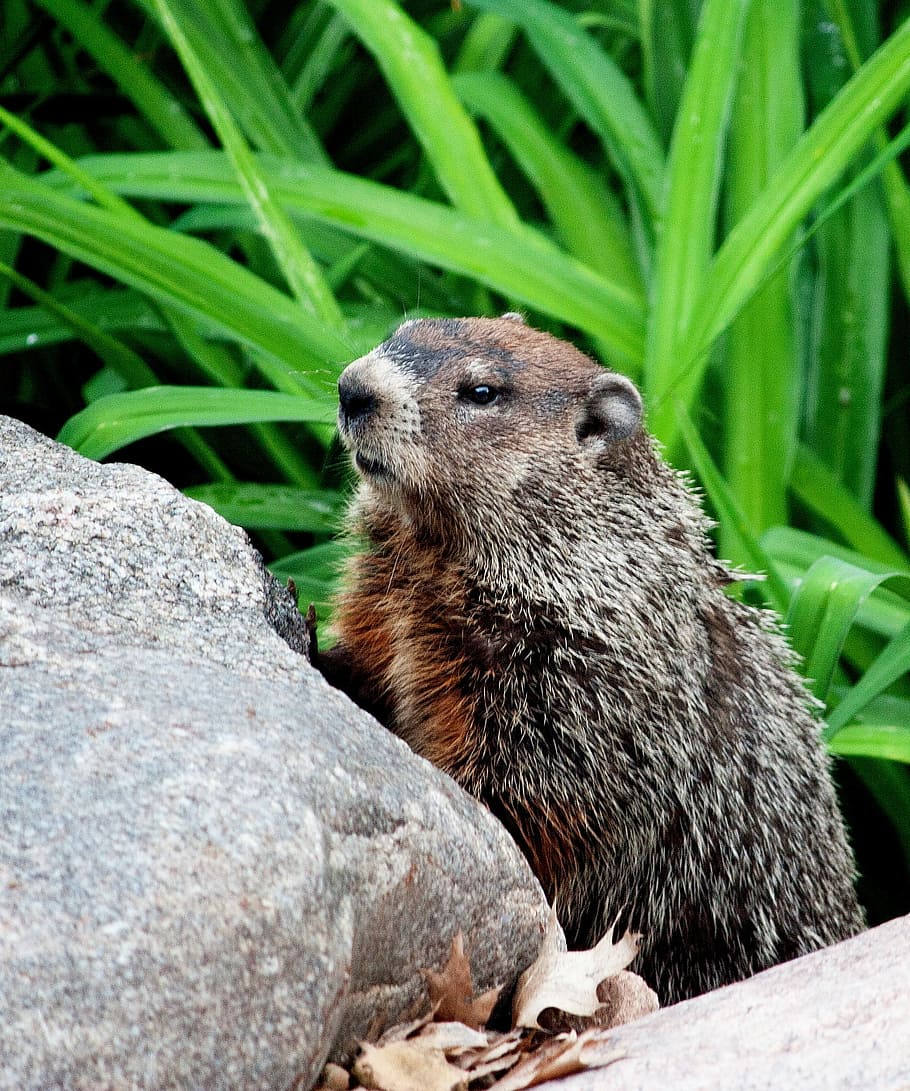Groundhog Day is a popular tradition celebrated in the United States and Canada on February 2nd each year. It revolves around the folklore that if a groundhog emerging from its burrow on this day sees its shadow due to clear weather, it will retreat into its den, signifying that winter will continue for six more weeks. Conversely, if it does not see its shadow because of cloudiness, spring will arrive early.
Origins and Observance:
- Historical Roots: The tradition has its origins in ancient European weather lore, wherein a badger or sacred bear was the prognosticator. It also bears similarities to the Christian holiday of Candlemas.
- Famous Groundhogs: The most famous observance takes place in Punxsutawney, Pennsylvania, with Punxsutawney Phil, the groundhog, drawing large crowds and garnering widespread media attention.
- Celebrations: The day is often marked with various festivities in towns where groundhog predictions are a tradition, including music, food, and speeches.
Cultural Significance:
- Folklore and Entertainment: While Groundhog Day is more a quirky tradition than a scientific barometer of weather prediction, it enjoys a place in popular culture and is a source of entertainment and community pride.
- Broader Recognition: The day gained broader recognition, especially in American pop culture, with the 1993 film “Groundhog Day” starring Bill Murray, wherein the main character relives the same day repeatedly.
Groundhog Day is a light-hearted event that breaks up the winter season and offers a bit of fun and whimsy in the anticipation of spring.







